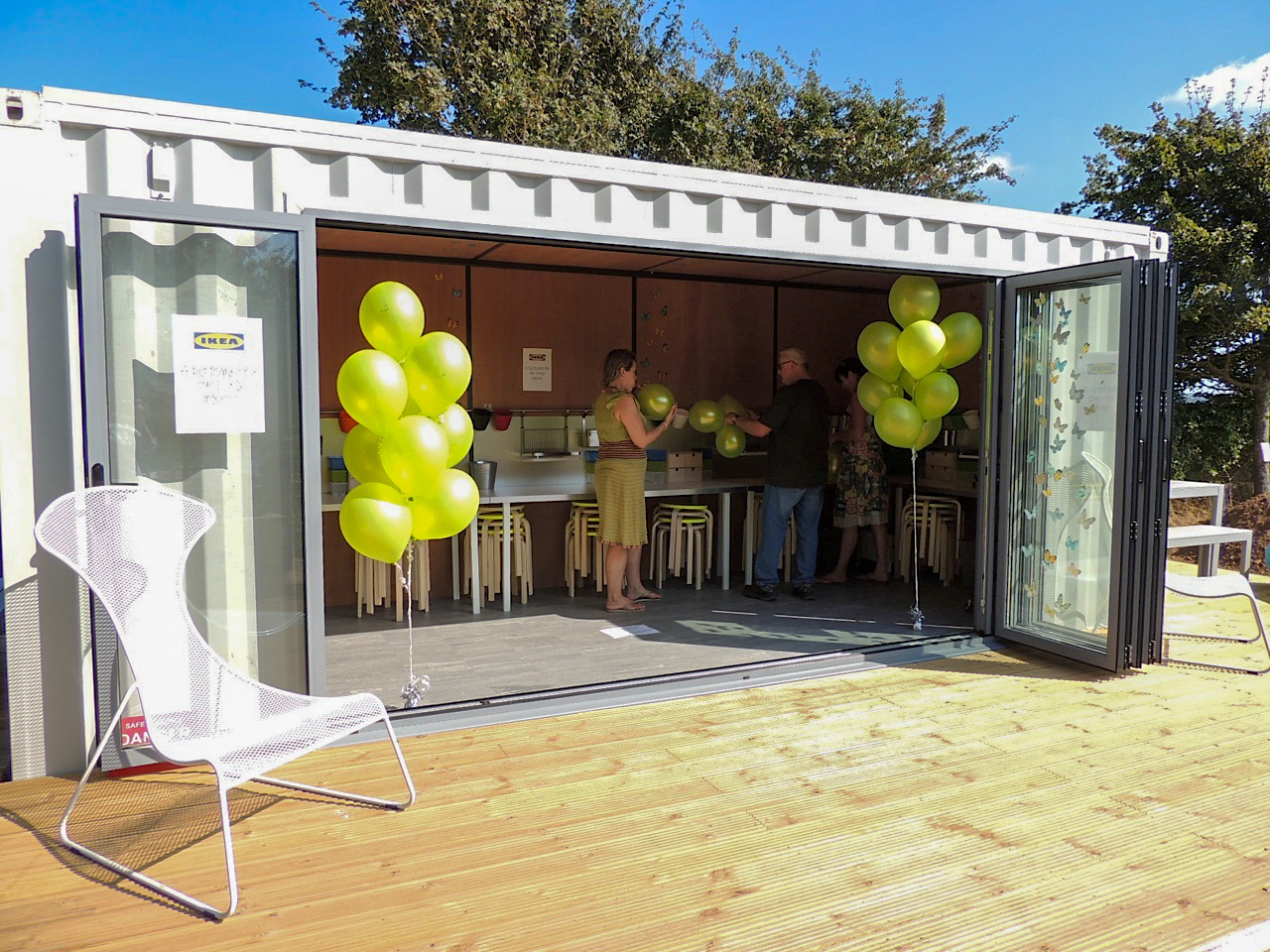Because of their ideal shape, relatively low cost compared to other materials, modular nature and inherent structural rigidity and longevity, many small businesses have been taking advantage of shipping containers for sale to use as a point of sale themselves.
With retail hubs such as Hatch using shipping containers for restaurants, clubs and shops, here are some top tips for setting up a retail space in a shipping container.
Choose Your Container Wisely
Choosing the right shipping container for your business is not just a matter of size but also a matter of choosing the right container or containers that are perfectly suited for modification.
In terms of size, the main difference will be the length of a given container, with the most standard sizes being 10ft, 20ft and 40ft. Almost all standard containers are 8ft wide as well to a height of 7ft 8 inches, so bear in mind that most container stores will be relatively narrow.
These measures do not factor in the modifications you may need to make such as replacing the floor, adding a ceiling or adding wall insulation so bear that in mind.
As far as choosing between used and new shipping containers, used shipping containers are the best value for money, as new containers are currently highly sought after by the industry with prices to match.
A Permanent Arrangement?
The biggest question to ask when setting up a container retail store is whether it will be a permanent installation on the land you have access to or would be a more temporary pop-up arrangement.
Both are possibilities, but if you are planning on a portable store, you will need to plan your design and the modifications to your container with that in mind. In other words, you would need to make sure that any windows you add would maintain the structural stability of the container itself.
Waterproofing
Most shipping containers have waterproofing and rustproofing layers, but if you are buying used or modifying your container, you may need to add another coat of rustproofing paint or sealant.
This extra step can keep your container structurally sound for years to come.
Solid Foundations
Depending on where you fit your container, you may need to use beams or platforms to keep the bottom of the container off the ground, away from standing water that could cause corrosion damage.
This is especially true if you plan on retaining the original wooden floor (although for many reasons that might not be the best choice for a major conversion project).
Check Building Regulations
Naturally, a shipping container is not necessarily a standard platform from which to build retail establishments, so it is important to check the relevant building regulations for your area and contact your local council to see you need to make any special arrangements.
This step is important as it can save you considerable amounts of time, money and stress in the long run.

